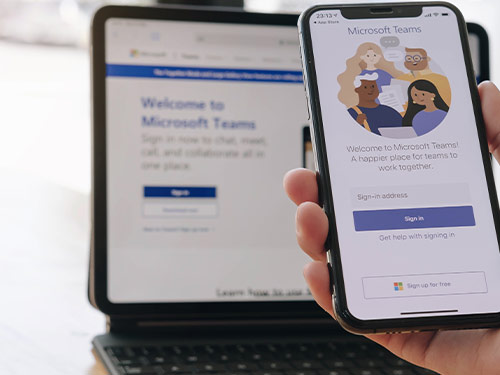Generative AI is moving from concept to reality. A proactive approach is required to ensure success.
Generative AI has captured technology media headlines since the launch of ChatGPT nearly a year ago. The appeal of GenAI is that it can replace mundane tasks and improve productivity and efficiency; the concern is that this technology could be so disruptive, it replaces human employees entirely.
Even as we all sift through the benefits and threats that GenAI presents, communications and collaboration vendors have rushed to bring GenAI capabilities to their platforms, in some cases announcing previews before they were fully available. In the last several months the GenAI space has accelerated. Here are some of the products that have been announced or released:
- Google’s release of Duet AI in late August
- Zoom’s release of Zoom AI Companion earlier this month, available for free to all Zoom paid-plan customers
- Slack announcing Slack AI allowing developers to easily bring GenAI into workflows
- Microsoft’s announcement that its Copilot GenAI assistant will be generally available in November
These recent announcements follow releases, previews, and roadmaps from just about every other collaboration provider from Cisco to Dialpad, Notion to RingCentral, and more. GenAI capabilities range from assistants for content creation; auto-transcription, summarization, and action item identification in meetings and phone calls; and real-time and after-call coaching and feedback. Tomorrow, capabilities will continue to improve and expand.
As GenAI moves from preview to reality, IT leaders are faced with the challenge of understanding the value, as well as assessing the potential risk, and determining when and how to deploy GenAI capabilities to their workforce.
Key concerns these leaders should consider include:
COST
Continue reading at nojitter.com.





